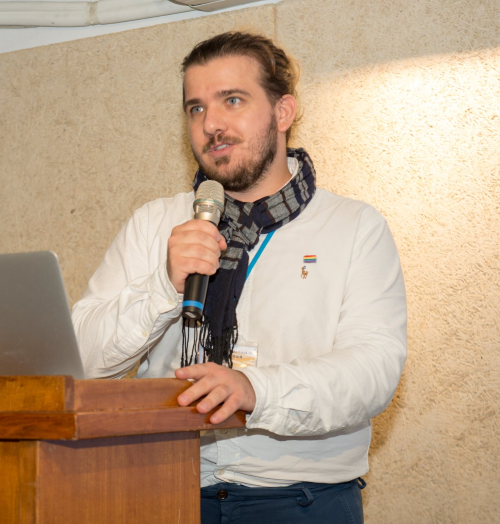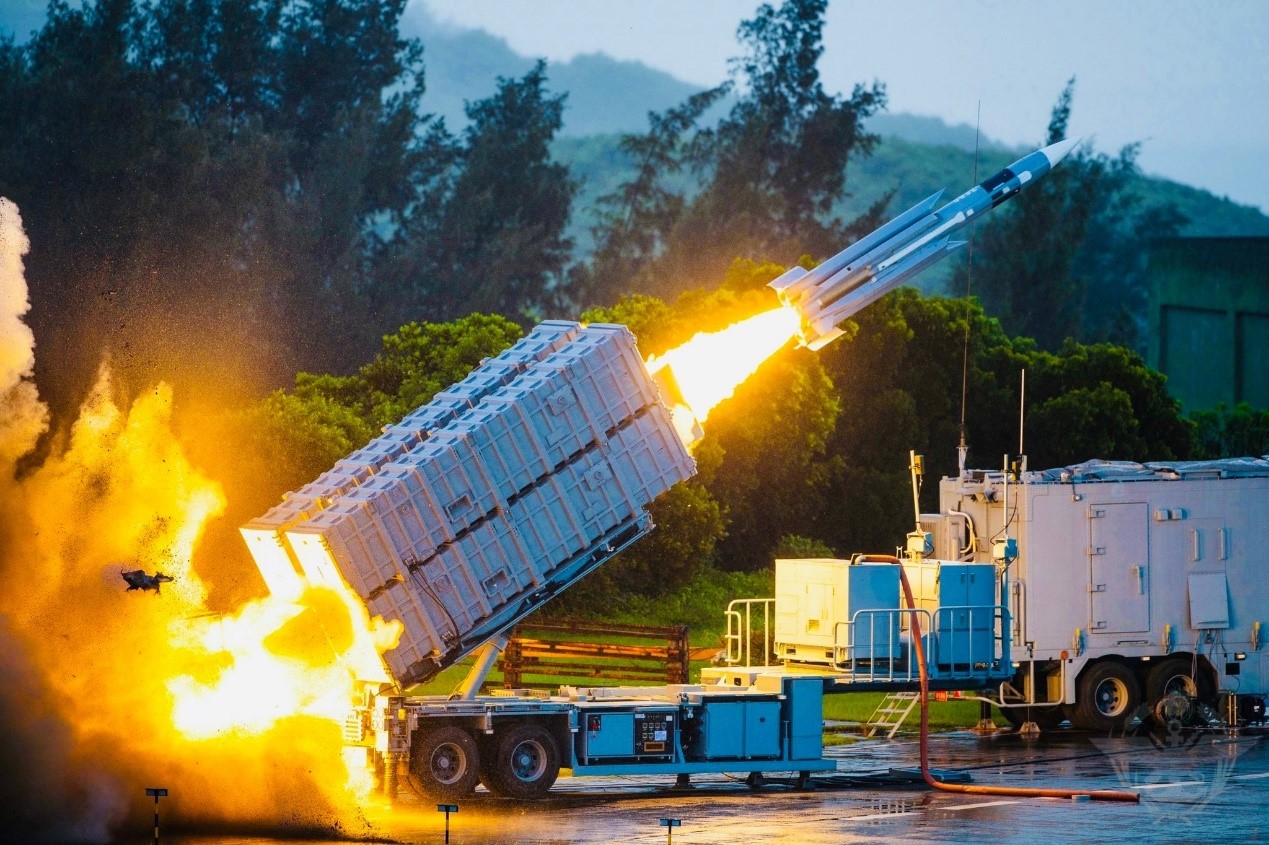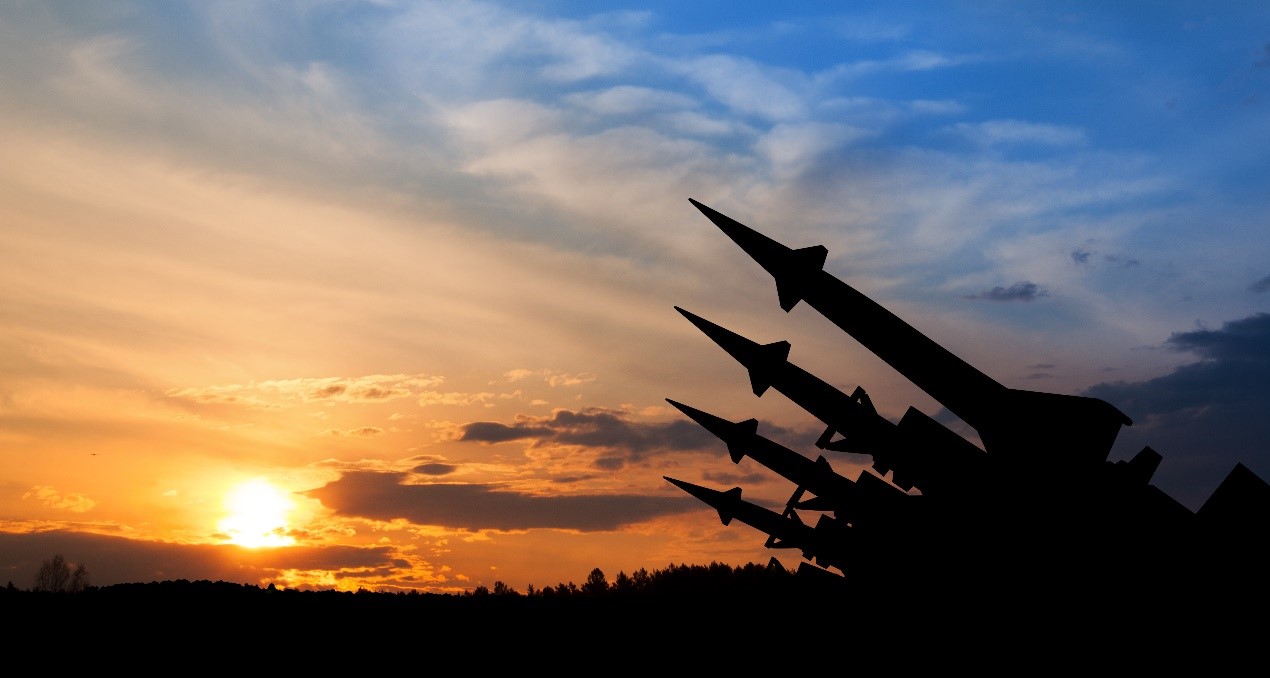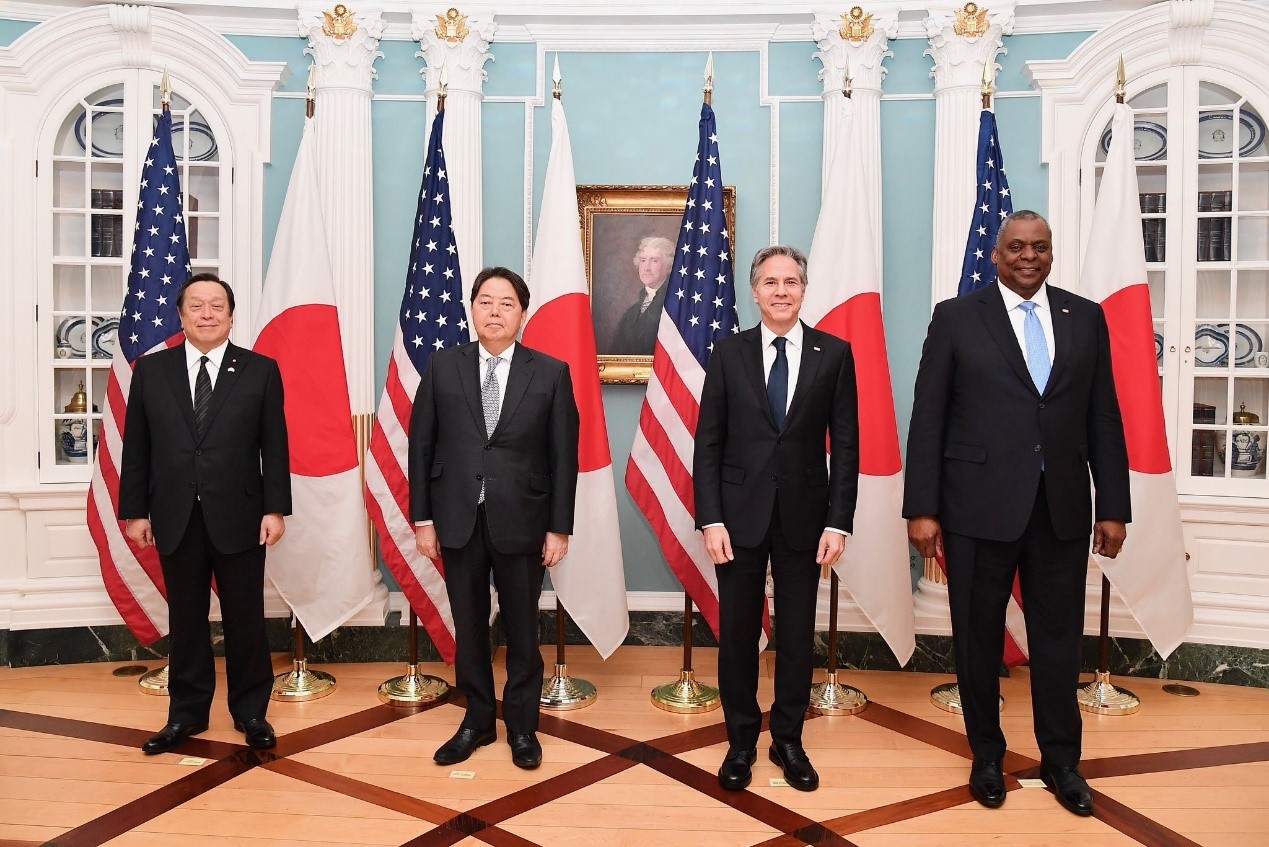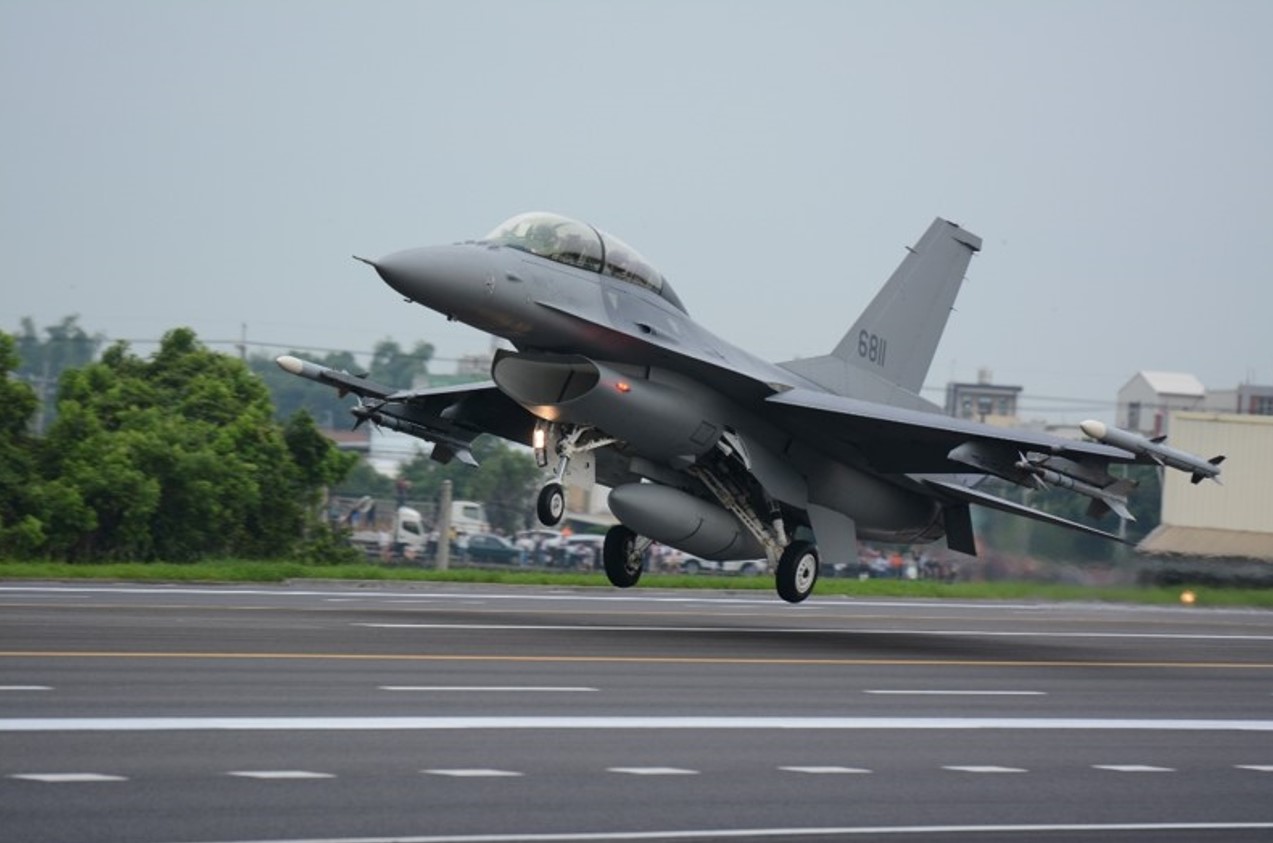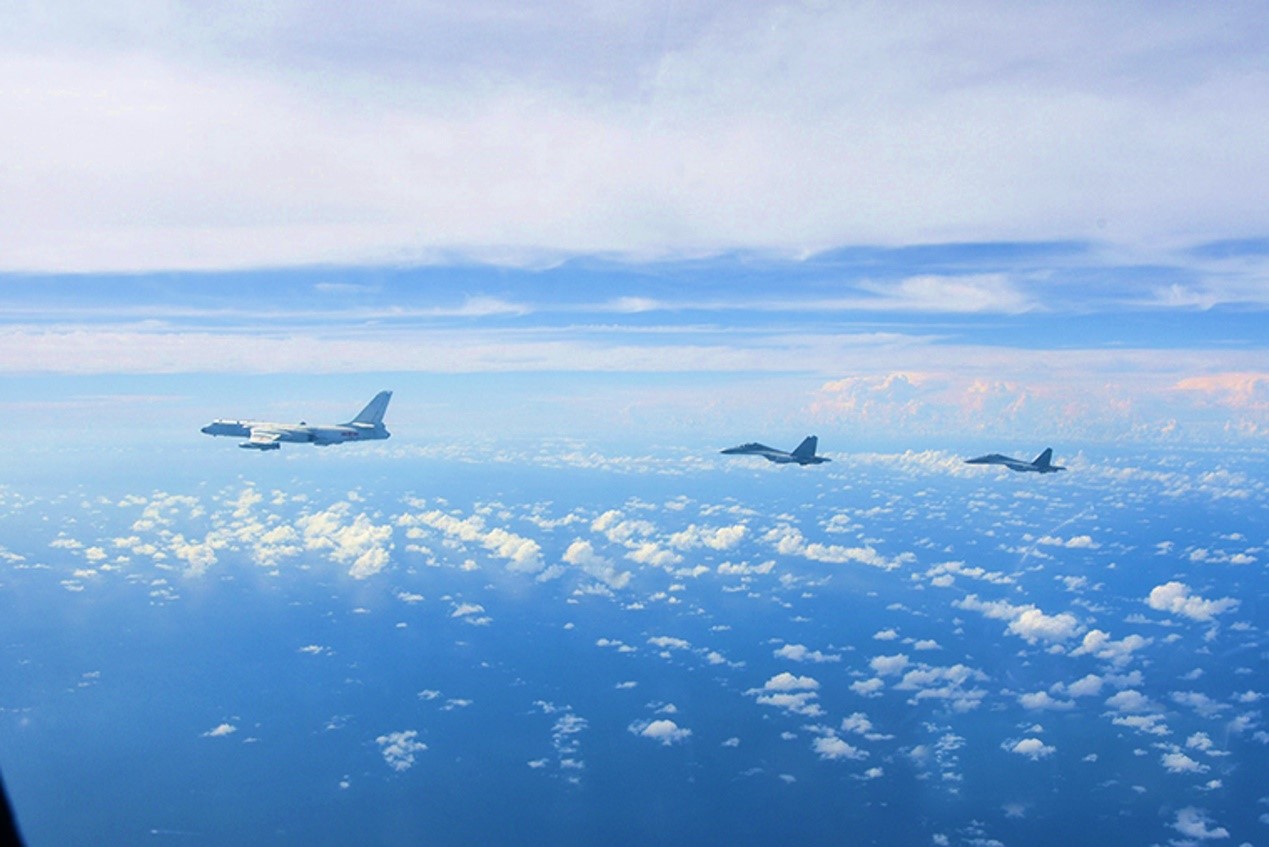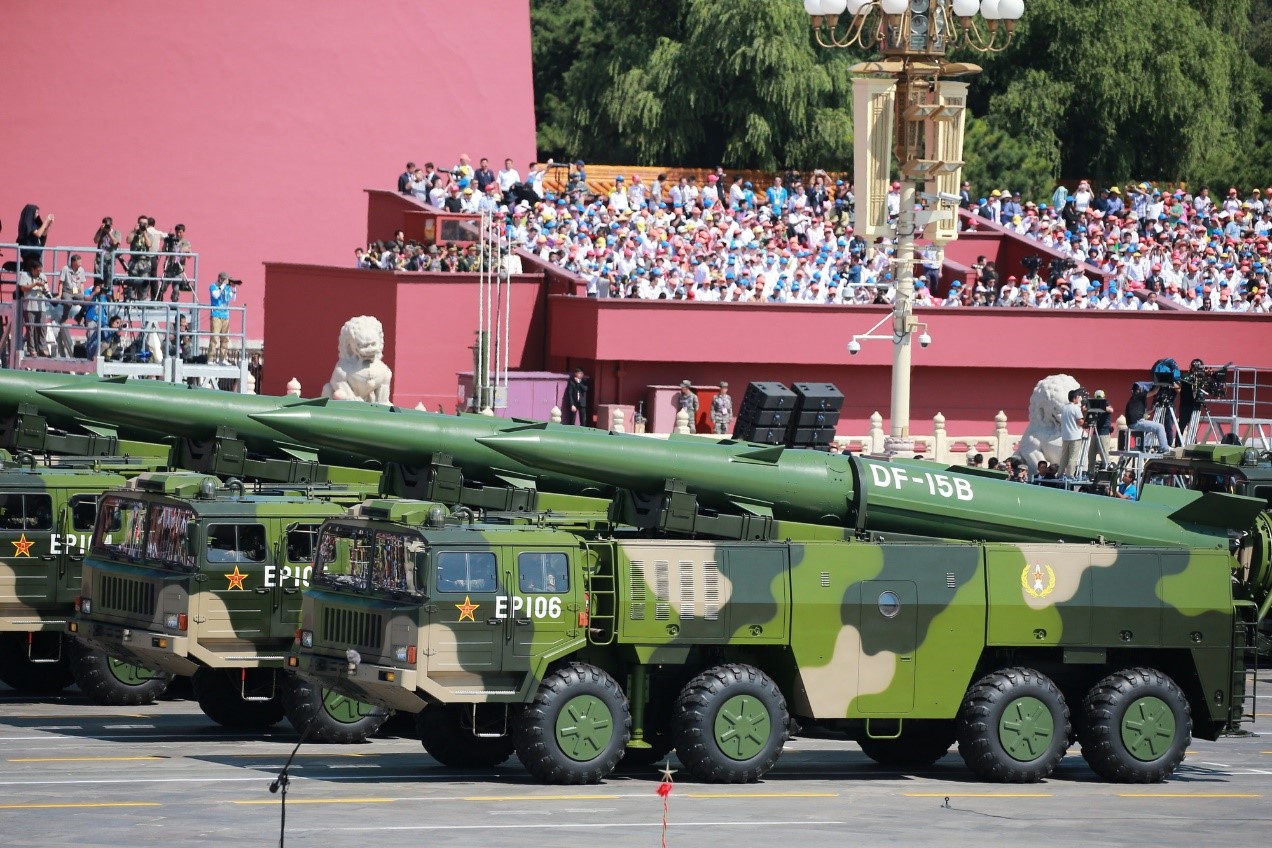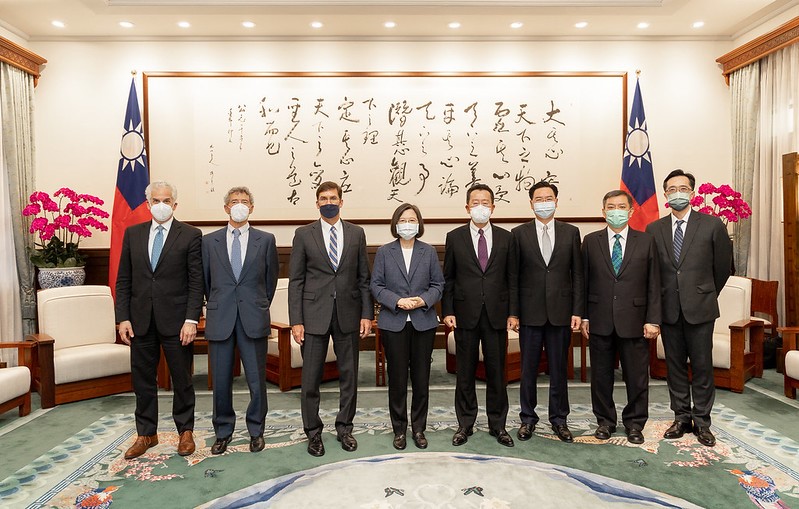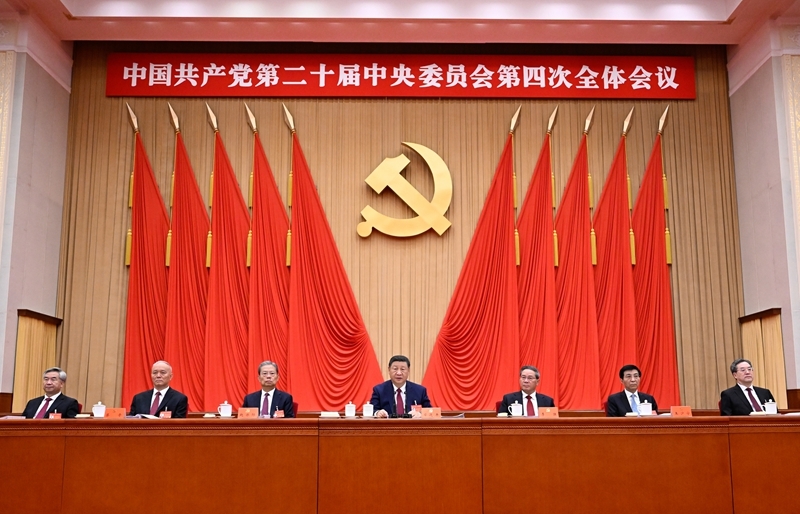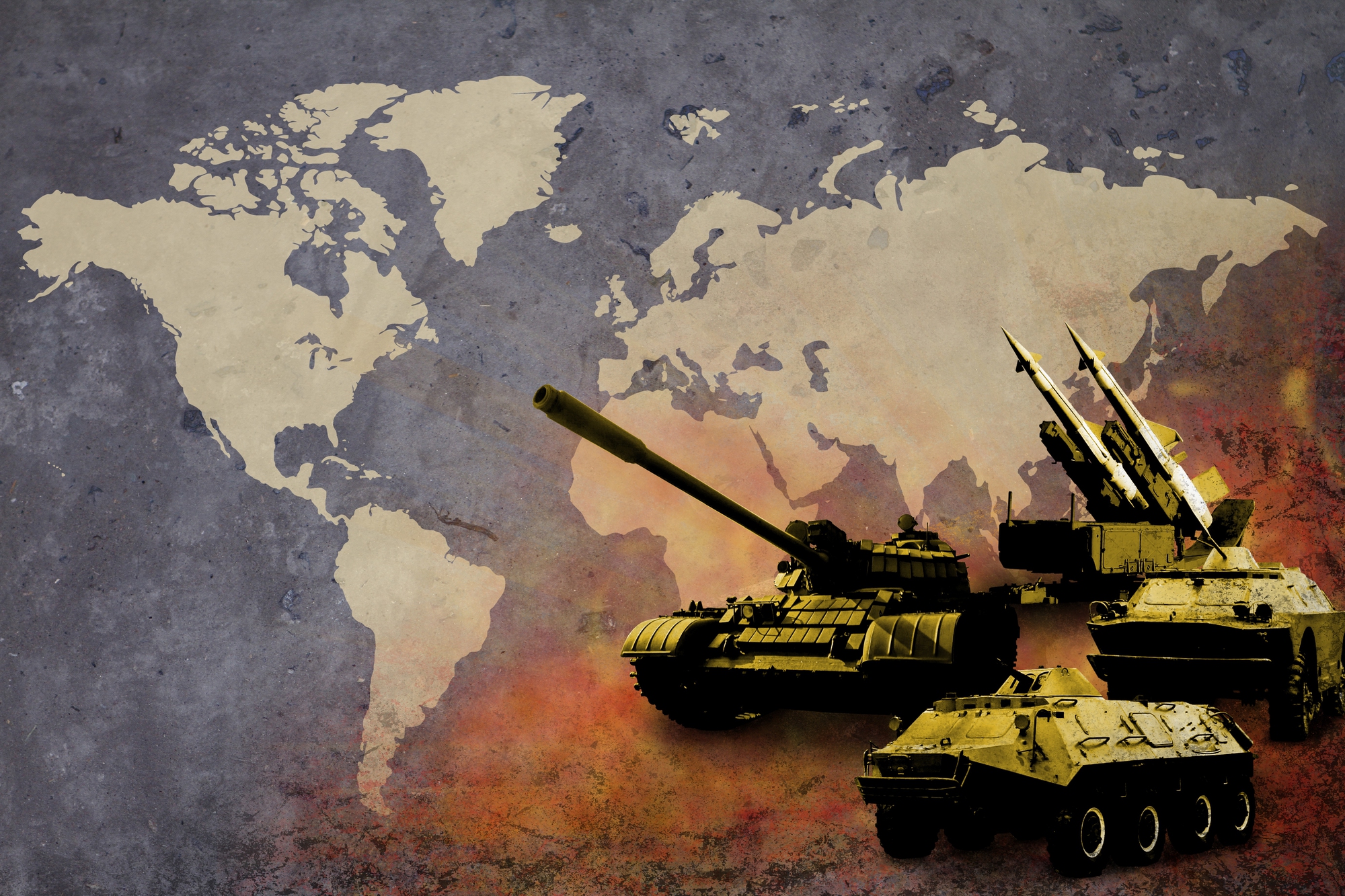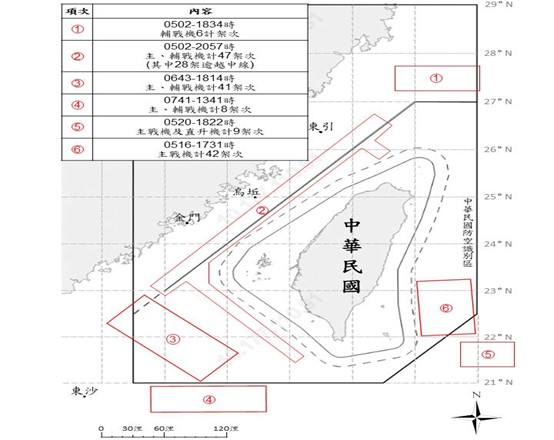Lessons from the Defense of Ukraine for Taiwan: Territorial Defense and Energy Security
Russia’s launch of a full-scale invasion of Ukraine on February 24, 2022, made clear to Taiwanese stakeholders the need to enhance the nation’s preparedness for a potential conflict with an increasingly belligerent and irredentist People’s Republic of China. Picture source: 李德威, May 27, 2022, Wikipedia, https://commons.wikimedia.org/wiki/File:HF-3_ASCM_fired_from_TEL_system.jpg#mw-jump-to-license.
Lessons from the Defense of Ukraine
for Taiwan: Territorial Defense and Energy Security
Prospects & Perspectives No. 67
By Marcin Jerzewski
Russia’s launch of a full-scale invasion of Ukraine on February 24, 2022, made clear to Taiwanese stakeholders the need to enhance the nation’s preparedness for a potential conflict with an increasingly belligerent and irredentist People’s Republic of China (PRC). From calls by lawmakers and military officials to extend the duration of the mandatory military service to growing interest among the general public to enroll in grassroots civil defense organizations, it is evident that Taiwan is taking notice. At the same time, it is imperative that the government in Taipei sustain the current momentum and strengthen the country’s military capabilities, rather than rely merely on the resolve of citizens to defend their vulnerable democracy.
While scholars, pundits, and policymakers ought to eschew overly simplistic comparisons between Russia’s war in Ukraine and mounting tensions in the Taiwan Strait, applying lessons from Ukraine’s experience may equip Taiwan with stronger capabilities to prevent, deter, and resist a Chinese invasion. In particular, lessons pertaining to the development and deployment of territorial defense forces and bolstering energy security are of particular relevance.
Territorial Defense Forces: A Blueprint for Taiwan?
The primary objective of territorial defense forces (TDF), conceptualized as a reserve component of the armed forces with local military and civilian administration, is to facilitate the strategic goals of defensive operations and contribute to a more effective defense of a country’s territory. In other words, civilian volunteers are recruited at the local level with responsibilities that are tied to the particular locale where they serve.
Originally intended as an asymmetrical response to hybrid threats, Ukrainian TDF were initially involved in the anti-terrorist operations in the Donbas beginning in 2014. Then, the formations were expanded across the national territory, with one territorial defense brigade fielded for each oblast (region) of the country by 2018. Eventually, the adoption of the Law on Foundations of the National Resistance by the Verkhovna Rada in 2021 transformed TDF, institutionalizing it as the fifth branch of the armed forces entrusted with 11 tasks, including security and defense of national borders, defense of civilians and local territories, protecting critical infrastructure, emergency assistance for natural disasters, and supporting military operations.
Currently, Ukrainian TDF’s declared strength is 130,000, spread across 25 brigades and 150 battalions. Importantly, TDF morale is assessed as high, which is further amplified by a strong sense of territorial attachment among the troops. While, contrary to popular belief, TDF is not responsible for the resistance movement in the occupied territory and has only a limited role in organizing sabotage and guerrilla movement, they play an imperative role in supporting law enforcement operations and combat actions. In particular, TDF have been imperative in safeguarding Ukrainian cities against hybrid seizure by pro-Russian forces, responding to the precedent set in 2014.
In Taiwan, the establishment of a strong and well-coordinated TDF could positively contribute to the nation’s “porcupine” strategy of asymmetrical warfare. Taiwan boasts seemingly impenetrable mountains and coastline with limited locations feasible for a naval or amphibious landing, and emphasizes these topographical features in laying out its defense strategy. But to fully take advantage of these natural defenses, the engagement of civilian volunteers with a profound understanding of the local terrain would be highly beneficial. Additionally, the Ukrainian model of TDF shows that such forces are generally characterized by a high morale. Hence, TDF units would be considered an important part of the national resilience system.
At the same time, institutional challenges to the establishment of TDF in Taiwan remain. Crucially, civil defense falls under the jurisdiction of the Ministry of Interior’s National Police Agency, whereas mobilization is under the Ministry of National Defense. Consequently, within the context of weak horizontal coordination between executive agencies in Taiwan, the establishment of TDF in Taiwan would face serious legal challenges. Additionally, as Taiwan’s firearms regulations are strict and gun ownership is among the lowest per capita in the world, there are concerns about the lack of sufficient infrastructure to train and arm potential TDF members.
Keep the Flame Burning, Keep the Lights On: Energy Security
Beyond the expansion of the armed forces at large through the establishment of TDF, the Russian war in Ukraine also offers useful lessons for Taiwan in terms of safeguarding its energy security and expanding intra-governmental coordination at the energy-security nexus. Ukraine’s energy grid remains a major target of Russia’s massive strikes, with Ukrainian sources asserting that approximately a third of the country’s power stations and other energy-generating facilities have been destroyed since mid-October. Additionally, even prior to the invasion, no steps were taken to adapt gas transport infrastructure to the nearing halt of Russian gas transit, with infrastructure unprepared for diversification.
In case of a potential Chinese invasion, it is likely that the People’s Liberation Army (PLA) would also seek to target Taiwan’s critical infrastructure, including its energy grid. It is important to highlight that during the show-of-force military exercises following U.S. House Speaker Nancy Pelosi’s visit to Taiwan, the PLA conducted live-fire drills in close proximity to the Maanshan Nuclear Power Plant in Pingtung County. Additionally, with very few indigenous energy sources available (in 2021, imported fossil fuels accounted for 97.7 percent of Taiwan’s total energy supply), Taiwan’s poorly diversified energy supply would be seriously jeopardized in case of a full or even partial naval blockade. Consequently, Taipei would be well advised to further diversify its energy sources, establish robust contingency plans in the case of supply or infrastructural disruptions, and accelerate the development of renewable energy (RE) infrastructure using indigenous sources.
With regard to RE, the case of Ukraine is also instructive. The total installed power generation capacity of Ukraine is around 60GW, of which only 6.5GW consists of renewable sources. While this figure marks a significant increase since 2009, when the share of renewable generation from wind, solar, hydropower, and biomass was less than 2 percent, Ukraine’s substantial RE potential, including significant biomass resources and waste management possibilities, remains largely untapped. At the same time, deployment of clean energy and energy storage systems could prove highly conducive to the protection of critical defense missions and installations. The U.S. Department of Defense program of strengthening military capabilities through energy resilience partnerships, utilizing solar photovoltaic installations and wind turbines, serves as a compelling example. Consequently, building on Ukraine’s negative experience of underutilization of its RE potential, Taiwan should accelerate the development of clean energy technologies, also considering the positive security externalities of such investments.
Path Forward
To fully capitalize on the potential of positive and negative lessons from the defense of Ukraine, Taipei should intensify its dialogue with Kyiv and sustain it through reciprocal capacity building initiatives. It should nevertheless be noted that the ongoing war provides tremendous logistical and capacity challenges to this task, which are further exacerbated by political considerations and Kyiv’s resolve to avoid antagonizing China, which continues to be viewed as a possible stakeholder in post-war reconstruction efforts. Consequently, there is considerable potential in utilizing Taiwan’s current multi-stakeholder and, crucially, multi-level model of engagement as it seeks to build stronger connections with Ukrainian cities.
With regard to lessons pertaining to strengthening territorial and civil defense capabilities, engagement with local governments in Ukraine could prove to be particularly fruitful. Taiwan’s Ministry of Foreign Affairs has already established such links on an ad-hoc basis when transferring donations to cities particularly affected by the war, including Bucha and Kharkiv. Expanding this cooperation through lesson-sharing on civil-military cooperation and bolstering civil defense in an urban setting could make the ties more sustainable, as they would position Ukrainian municipalities as not merely beneficiaries of aid, but also sources of actionable policy ideas for Taiwan.
With regard to energy security, municipalities could also be engaged in a similar two-fold manner, with Taiwan addressing their highest priorities such as transformers, mobile generators, and heaters, and both sides exchanging best practices pertaining to enhancing energy efficiency in the urban context. In conclusion, lessons from the defense of Ukraine for Taiwan should not be viewed solely as source of knowledge for Taiwan to bolster its own abilities to safeguard itself from a potential Chinese invasion and its consequences, but also as a platform for developing stronger Taiwan-Ukraine relations in the short and long run.
*The author expresses appreciation to multiple Ukrainian experts working within the Information Defense Hub of the European Values Center for Security Policy. This article would not have been possible without their inputs and knowledge.
(Marcin Jerzewski is Head of Taiwan Office, European Values Center for Security Policy.)

